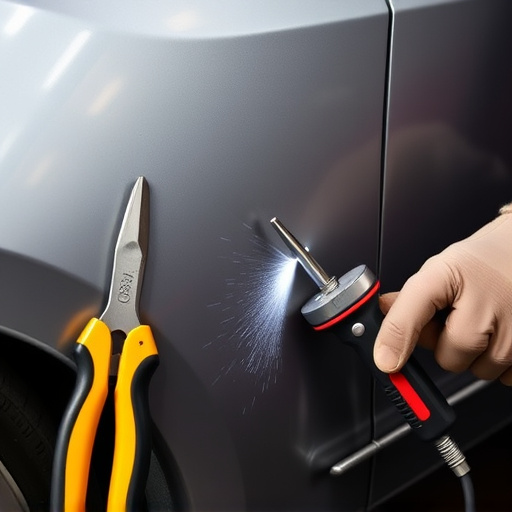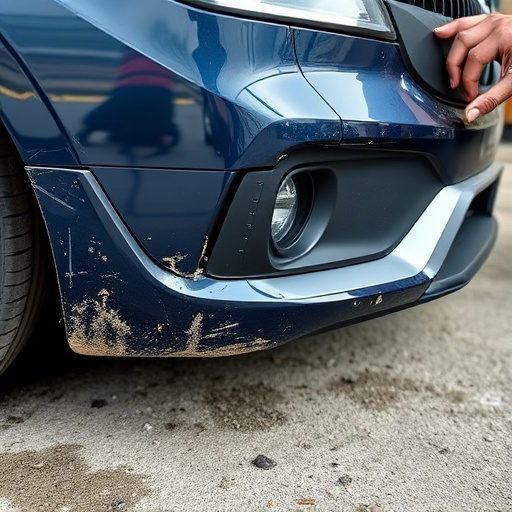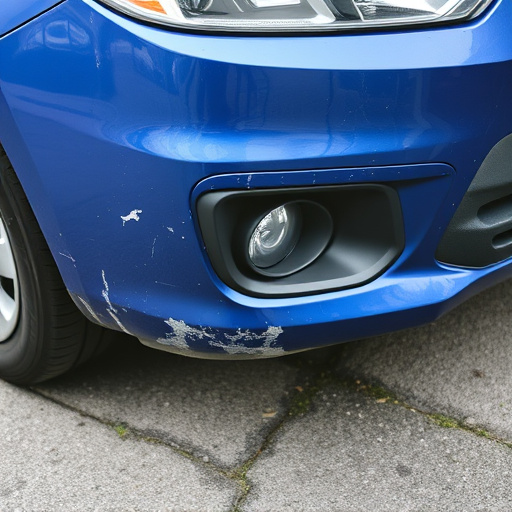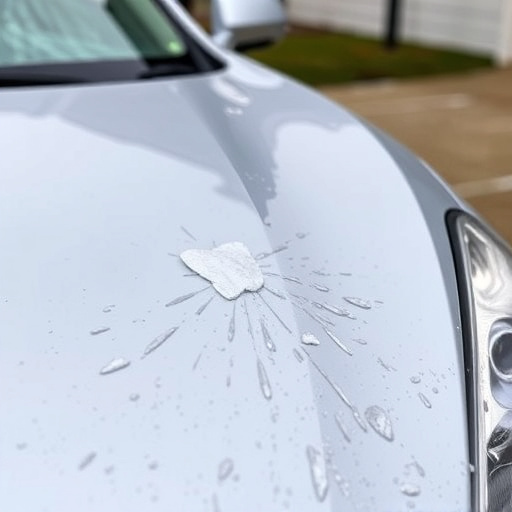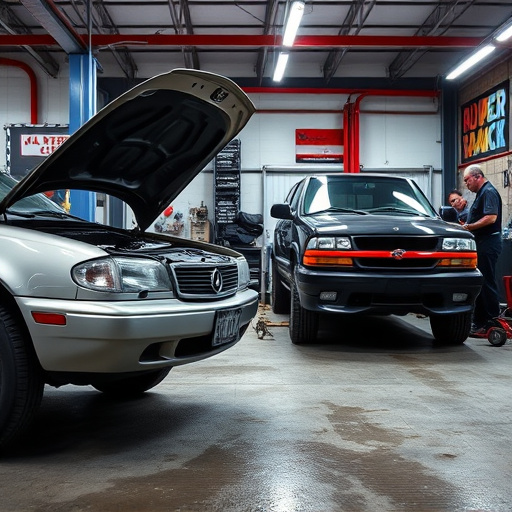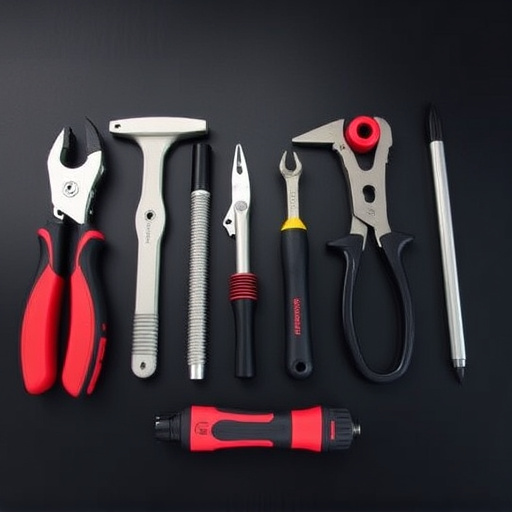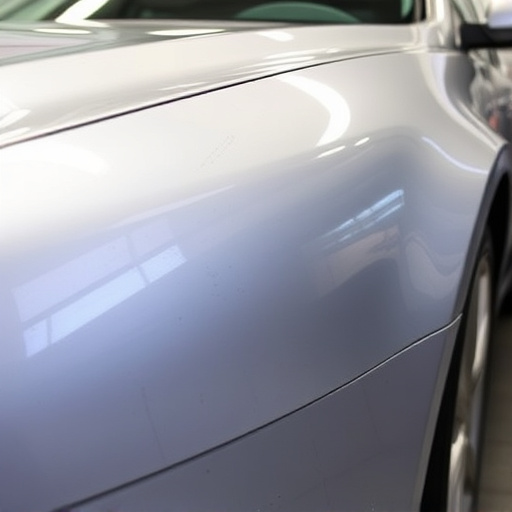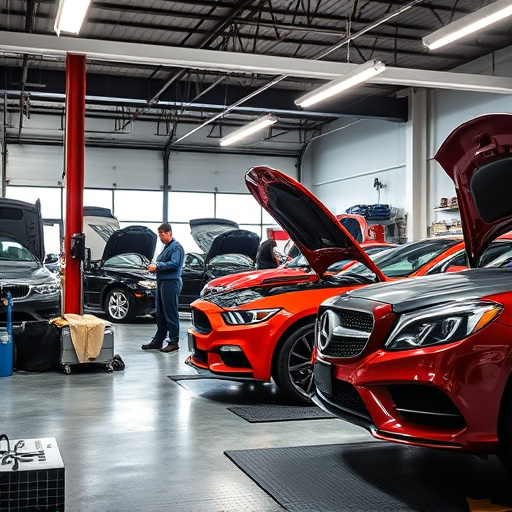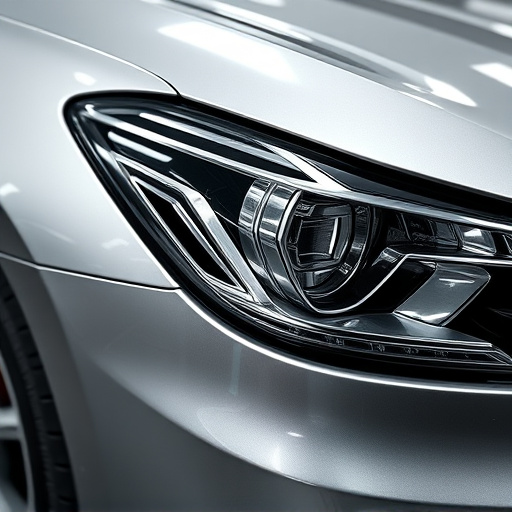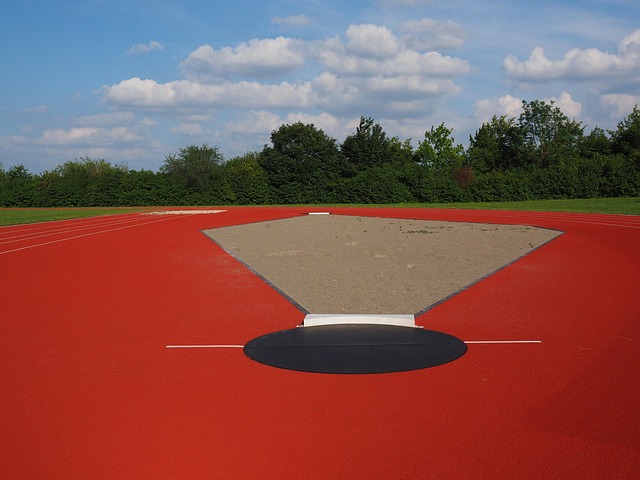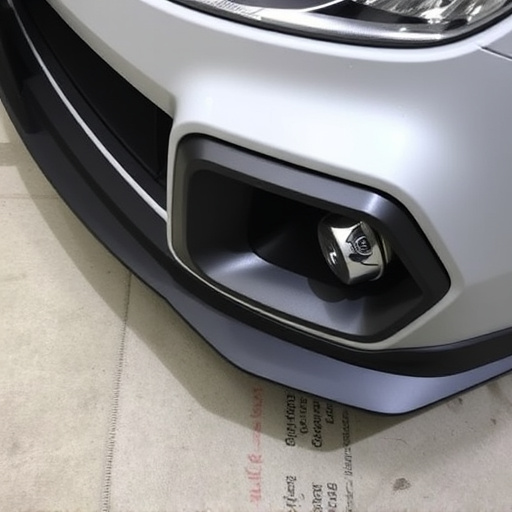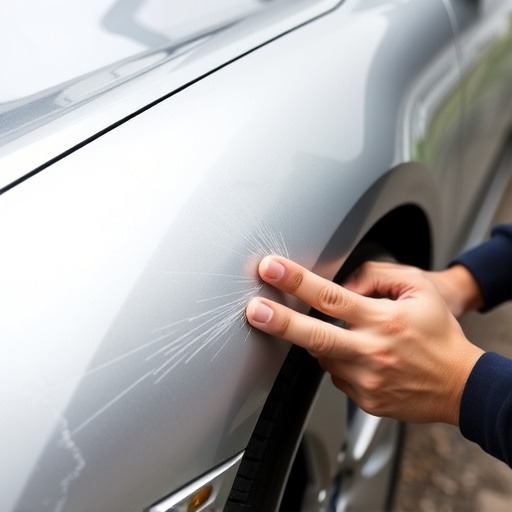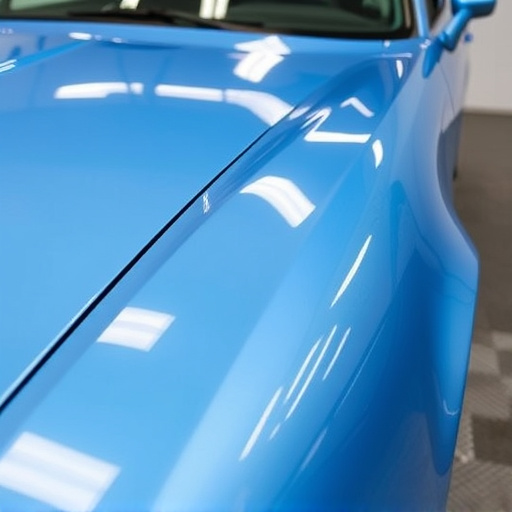Tesla Superchargers are crucial for electric vehicle (EV) owners, offering fast DC charging up to 250 kilowatts. Compatible Tesla vehicles can charge simultaneously at stations with multiple ports. Understanding your vehicle's electrical system and meeting technical standards for charging port and onboard charger capability is essential for Supercharger compatibility. While primarily designed for Tesla models, other EVs may face compatibility challenges. Regular maintenance ensures optimal charging and collision repair services tailored to high-tech vehicles are important for eco-conscious drivers.
Unleash the power of Tesla’s Supercharger network with our comprehensive guide on compatibility requirements. Whether you’re an owner or an interested electric vehicle (EV) enthusiast, understanding these essentials is key to efficient charging. We’ll navigate through the basics, explore vehicle eligibility across types and models, and uncover technical specifications for a smooth charging experience. By the end, you’ll be equipped with the knowledge to maximize Tesla Supercharger compatibility.
- Understanding Tesla Supercharger Basics
- Vehicle Eligibility: Types and Models
- Technical Requirements for Seamless Charging
Understanding Tesla Supercharger Basics
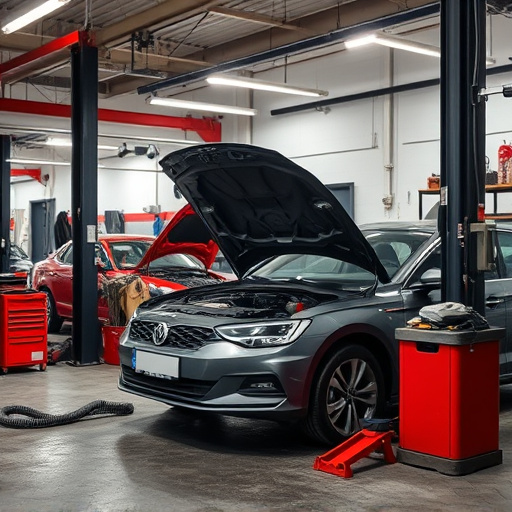
Tesla Superchargers are a crucial part of owning an electric vehicle (EV), especially for Tesla owners who want to quickly and conveniently charge their cars while on the go. These fast-charging stations are designed specifically to meet the needs of Tesla vehicles, ensuring a seamless charging experience. Understanding how these Superchargers work is essential for any Tesla owner or prospective buyer looking into EV ownership.
The Supercharger network, developed by Tesla, offers high-speed DC (direct current) charging that can deliver up to 250 kilowatts of power. This rapid charging capability means drivers can gain a significant amount of range in just a short period. Each Supercharger station typically consists of multiple charging ports, allowing several cars to charge simultaneously. Tesla’s Supercharger compatibility is designed to be intuitive; compatible vehicles can simply connect to the port and begin charging, with no complex setup required. This convenience sets Tesla apart from other EV manufacturers and has contributed to its popularity among eco-conscious drivers who demand efficient auto maintenance solutions, including collision repair center services for their high-tech vehicles.
Vehicle Eligibility: Types and Models
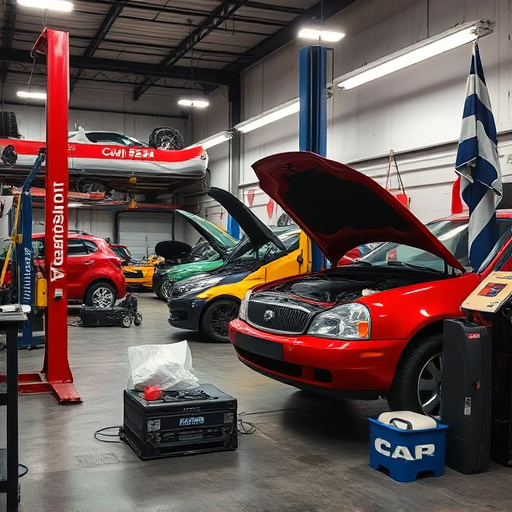
Tesla vehicles are renowned for their innovative technology and sustainable design, but when it comes to charging, not all cars are created equal. To ensure seamless and quick charging at Tesla Supercharger stations, vehicle compatibility is key. The Supercharger network is specifically designed for Tesla’s electric car lineup, offering high-speed charging capabilities that can restore a significant portion of your battery in just a few minutes.
When considering Tesla Supercharger compatibility, it’s essential to look at the specific models and types of vehicles supported. Tesla offers a range of cars, from the compact Model 3 to the luxurious Model S and SUV-like Model X. Each model has unique electrical systems and charging requirements. For instance, earlier Tesla models might have different charging ports or voltage capabilities compared to newer generations, impacting their Supercharger compatibility. Therefore, understanding your vehicle’s specifications is crucial before planning a long-distance trip or relying on the Supercharger network for daily commuting. Proper maintenance, including regular checks and updates, can ensure your Tesla’s charging system remains in top condition, akin to keeping your autobody repairs minimal and preventing severe damage through prompt attention.
Technical Requirements for Seamless Charging
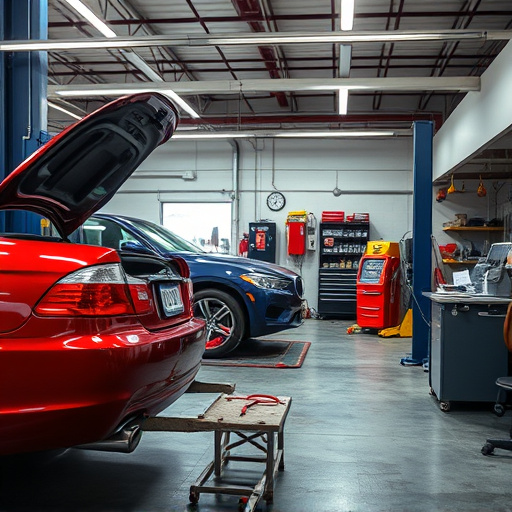
When it comes to charging your Tesla at a Supercharger station, understanding the technical requirements is key to ensuring a seamless experience. To be compatible with the Tesla Supercharger network, your vehicle must meet specific technical standards. These include having the correct charging port type, typically the J1772 connector, which is standard on most Tesla models. Additionally, your car’s onboard charger should support fast DC charging and be capable of handling the high-power output of Superchargers, usually ranging from 48 to 250 kilowatts.
It’s important to note that not all electric vehicles (EVs) are created equal when it comes to Supercharger compatibility. While Tesla vehicles are designed with these requirements in mind, other make and models may face challenges. If you’re an auto repair near me customer considering a fender bender repair or mercedes benz collision repair, ensure your vehicle’s system is compatible before planning a long-distance trip using Superchargers to avoid any inconveniences during your journey.
When it comes to Tesla Supercharger compatibility, understanding your vehicle’s requirements is key to a seamless charging experience. With various models and types eligible for this network, ensuring your car meets the technical standards is essential. By familiarizing yourself with these guidelines, you’ll be well-prepared to navigate the charging infrastructure and make the most of Tesla’s innovative Supercharger system.
